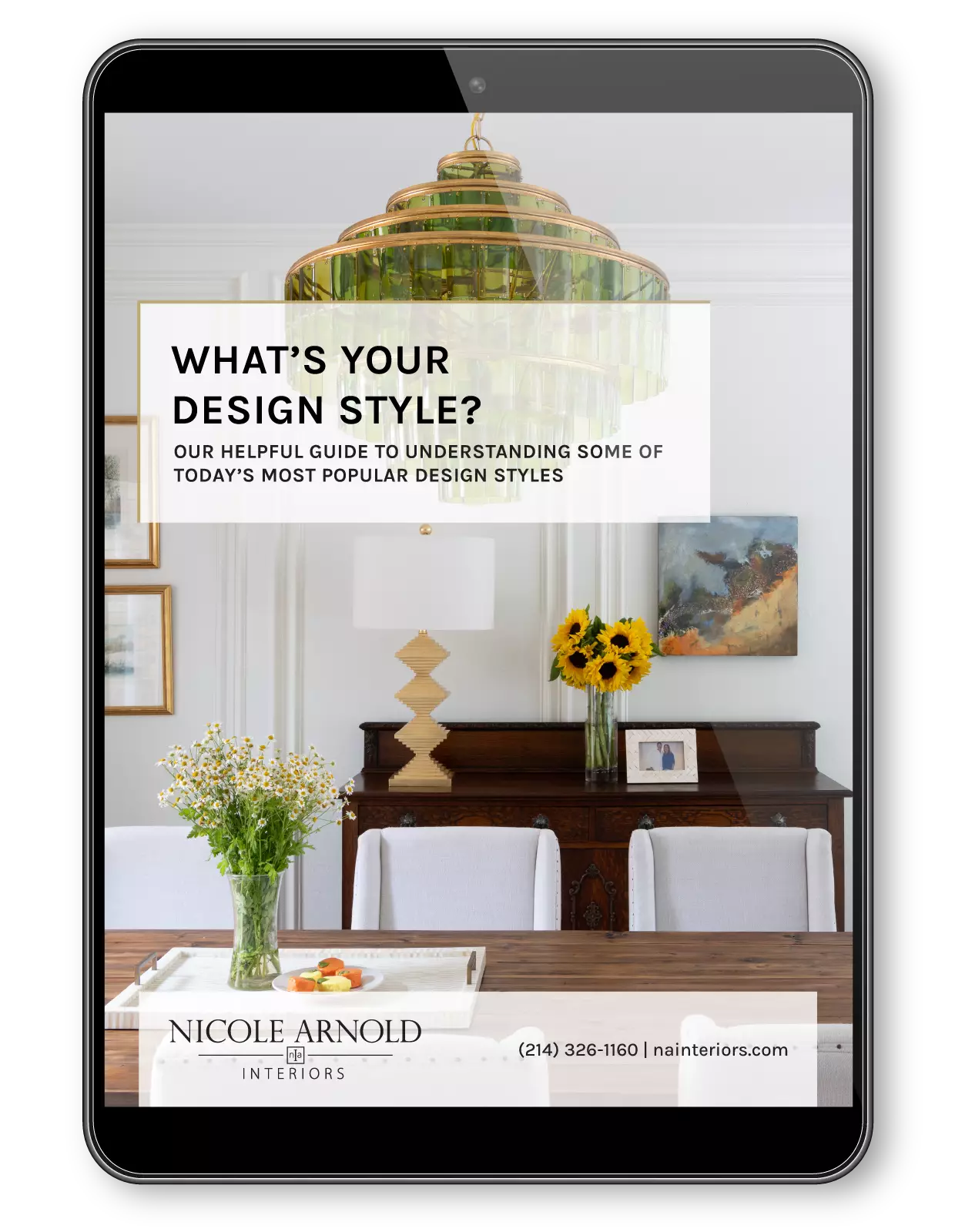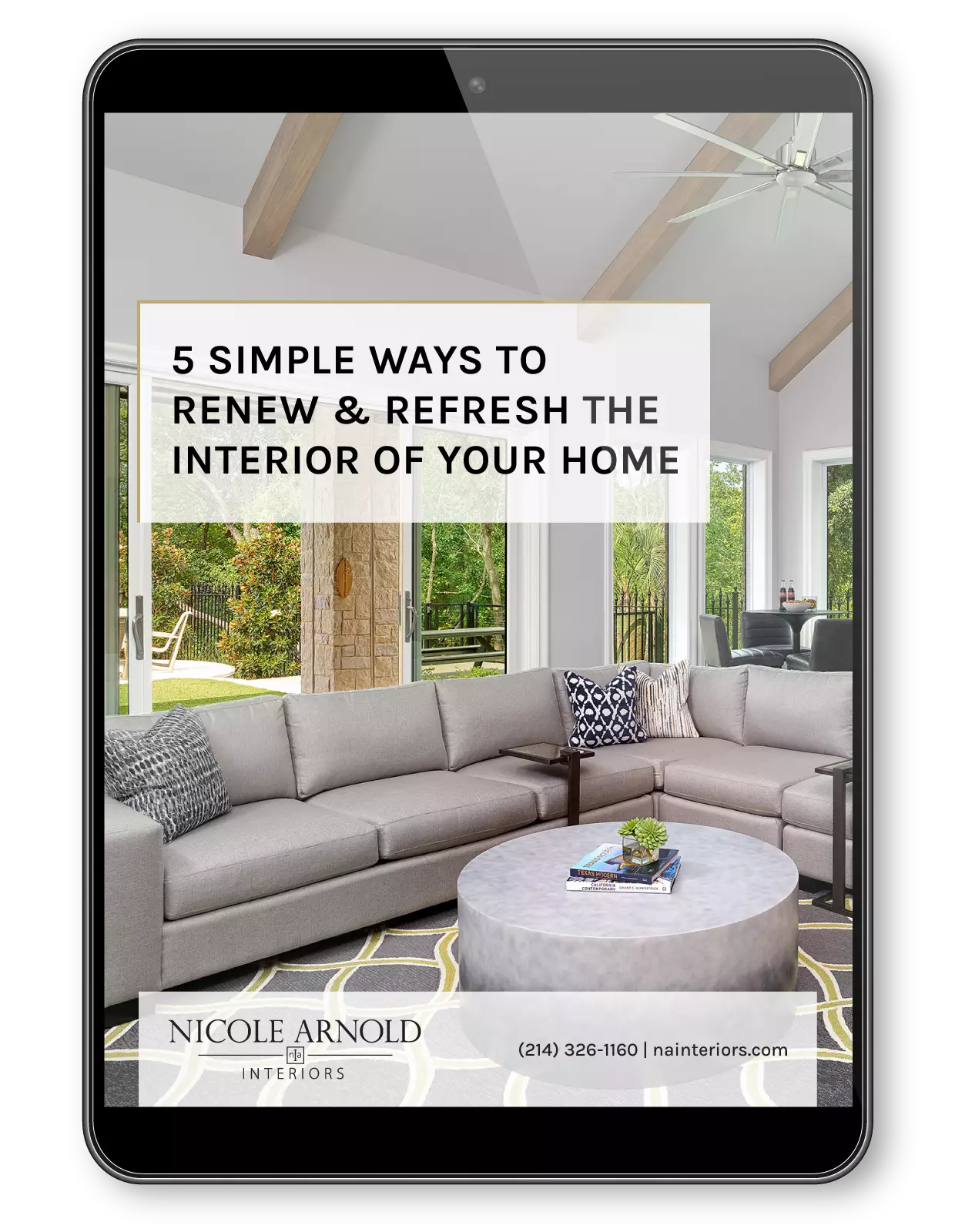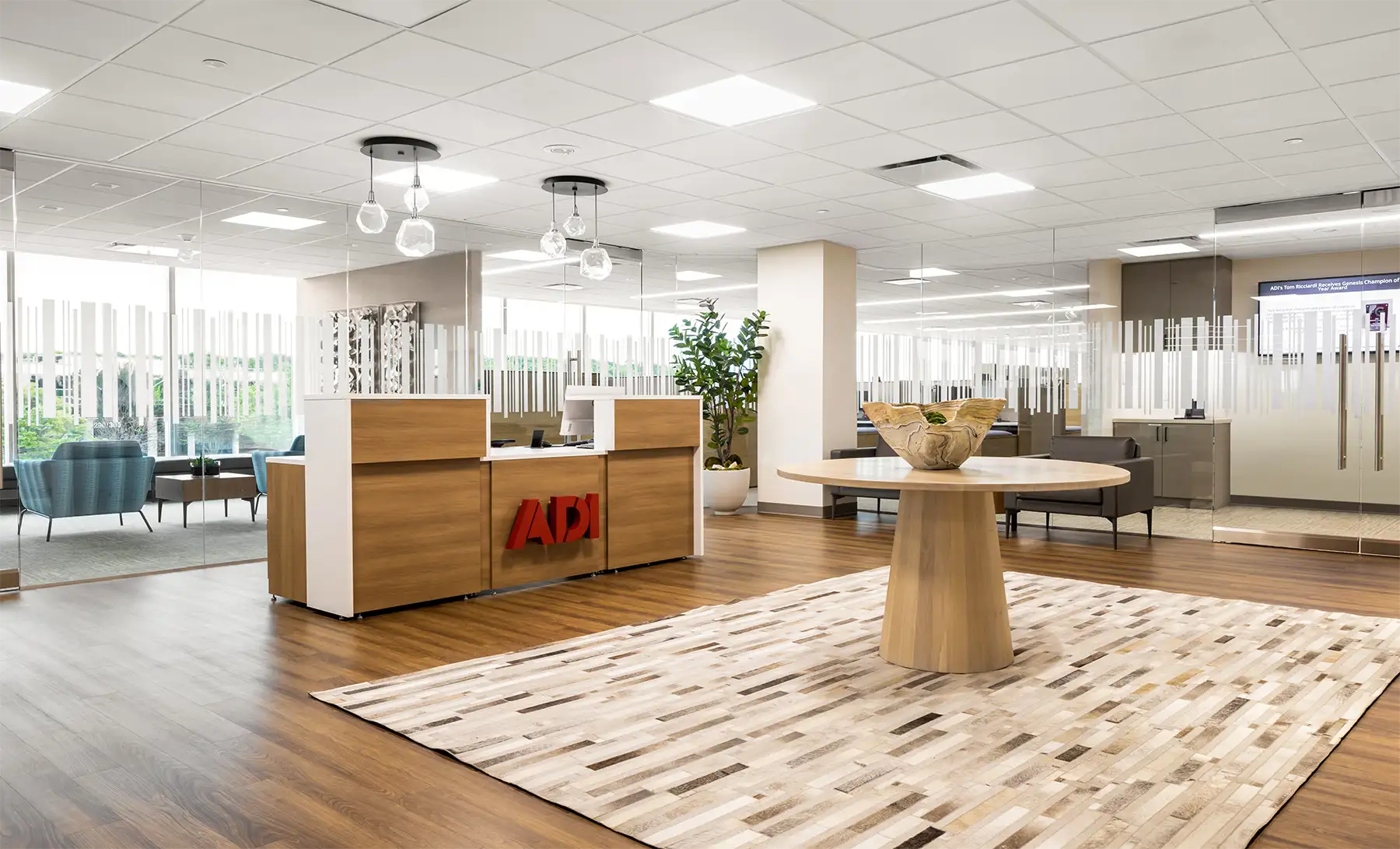
Selecting the ideal natural stone can make all the difference for your enjoyment of that area.
I absolutely love all of the unique looks and textures of the natural stone surfaces available for use in today’s interior design projects! With so many options available, there are an infinite number of looks and applications that can be created. Whether using it for floors, countertops, or walls, natural stone communicates quality, durability and longevity. The spectrum of varieties is great and spans from a tumbled, honed travertine that yields a warm, rustic feel all the way to a high polished marble or onyx that exudes elegance.
Because of so many choices at hand, clients often wonder just how to narrow down the options and choose what’s best for their project. Below are five stones that are frequently used, along with some respective pros and cons. Hopefully, this pulls some ambiguity out of the consideration process when it comes to choosing the best match for your design, lifestyle and expression of your personal style.
Granite

A granite bathroom counter
Granite is a durable stone that comes in a wide array of hues and patterns. The most abundant stones are going to have a fairly consistent small-scale pattern, while unique, harder-to-find varieties can have random veining and inclusions and often incorporate some really exotic coloration. As you might expect, the more rare types also come with a higher price tag.
As durable as this stone is, it’s still a porous material and isn’t 100% foolproof. It’s always recommended to seal granite from potential staining, which is a very simple process and the protection typically lasts between 6-12 months. Granite’s strength has contributed to a common myth that it’s “heat-proof”. However, beware! Putting items from a hot stove or oven directly on a granite countertop can actually create heat fissures in the stone, which leads to cracking.
Marble

A marble bathroom counter
With all its whirling patterns and shade variations, marble brings luxury and class to an interior space like no other stone can. Depending on the aesthetic intent, marble surfaces can be chosen in different surface finishes. They can be glossy and high polished for a formal look, honed for a more casual matte finish or even have a “leather like” surface finish to convey a more organic feel.
One thing to keep in mind with marble is it tends to require intentional maintenance. It’s more delicate than granite and also quite porous, which means it needs regular sealing. Even with a regular seal, spills, particularly colored liquids, need to be wiped up within hours to prevent staining. To protect your investment on the most precious marbles, I recommend hiring a professional aftermarket service to apply a special permanent seal.
Travertine

Travertine bathroom tile
Travertine is a member of the marble family. As delicate as it is beautiful, this stone comes in an assortment of stunning earth tones, such as tan, beige, gold, brown, red and ivory. We see them vein-cut to reveal a linear pattern or crosscut to reveal a more watery, flowing pattern. Typically, travertine is a bit less expensive than marble.
Much like marble, travertine has some interesting surfaces. There’s polished, which is smooth and shiny, conveying a formal look, but can also be slippery, which sometimes makes it less appealing for flooring in wet areas. Honed travertine is also smooth but has a matte finish that makes it less slippery and a great choice for flooring in wet areas. Brushed travertine, also good for floors, has a matte finish but is slightly textured. Tumbled travertine has slightly more texture than brushed travertine, reflects little light and conveys a more rustic look due to it’s irregular edges.
Like marble, travertine requires regular care and maintenance (sealing, wiping up spills quickly) to ensure it stays looking its best.
Limestone

Limestone in a kitchen
Limestone comes in several colors and adds both style and uniqueness to any space. Its pattern and texture derives from shells and fossils compacted together over thousands of years. Like marble and travertine, limestone can be vein or cross-cut depending on whether you want a linear or flowing pattern.
Soft limestone works especially well in bathrooms, feature walls and around fireplaces while harder varieties of this stone can work as kitchen countertops. Note that limestone can be sensitive to acids. Spilled lemonade, for example, could etch the surface of a limestone countertop if it isn’t properly sealed. Again, this can be a higher maintenance surface, depending on the application.
Soapstone
Soapstone gets its name from the soft, soapy feel of its surface. While not as hard as granite or marble, it’s a dream to work with because of how easily it can be cut, shaped, and installed. It’s one of the best materials you can buy for countertops because it’s so dense, it won’t stain. Soapstone is chemically inert so acidic liquids or cleaners don’t harm it. Its density and ability to conduct heat make it impossible for you to ever scorch it.
Of all the stones I mention here, soapstone is one that never needs to be sealed or protected and, over time, stays looking great. Spills may appear to darken the stone, but they can be removed easily by drying it with a towel, lightly rubbing the spot with a scouring pad, then wipe with a damp rag. Repeat if necessary. Virtually anything spilled on soapstone can be removed. If you want to make the counter surface darker, rub in mineral oil which speeds the natural aging process of the stone. After a few coats, it will settle at its final color.
Choosing a Stone
While the five natural stones mentioned above can be used to beautifully enhance any room in your home, carefully consider your willingness and ability to maintain it. Additionally, ensure that you’re well educated on the stone you select to understand if it has a high level of variation within the batch or if it’s going to be fairly consistent. This can aesthetically make or break your desired result. Lastly, consult a professional to ensure the way you’ll be utilizing the product is appropriate and sustainable.
Stone surfaces offer a distinctive natural design element in any decor. With so many options available, natural stone is a design choice that’s sure to create a timeless, tasteful environment while bringing an unmatched beauty into your room.











There are so many different kinds of stones, and they are all beautiful to me. It is so difficult for me to decide which one to choose because I like them all! Limestone is one that stands out to me however. I like the fact that it can be vein or cross-cut. That is probably what I will end up choosing for the project that I am working on.
It was nice to be informed that granite is durable but still a porous material and isn’t 100% foolproof. My husband has been nagging me about getting granite for weeks now. I hate granite stone and now I have more of a reason to not put it in our kitchen. I will be sure to stay true with this decision!
My husband and I have been considering adding limestone in our kitchen. It is good to know that it is sensitive to acids. I will talk to him about other options as well. We do want to keep the wear and tear down on our kitchen counters.
Generally, natural stone surface can increase the beauty of your home. But there are different types of natural stone surface are there such as limestone, sandstone, granite, soapstone, slate and marble. And from them it is difficult which one to choose for your surface. See the maintenance of all the surface, also consider the cost of the surface. Also check which material should be durable or long lasting. And the way you explained the tips to choose a natural stone surface for your home is really beneficial.
That’s interesting how soapstone is easy to cut, as well as simple to shape and install. I want to get some natural stone flooring into my home, but I want to get a material that is easy to install. When looking into the installation, I’ll talk with an expert to see what options would be appropriate for my home.
I really like what you had to say here in regards to choosing a natural stone surface for your home. Just like you mentioned, whether you are planning on using it for the floors, countertops, or even the walls, the natural stone will help communicate quality, durability, and longevity. My wife and I have been looking to do some renovations in our house for quite some time now, and I think that upgrading to stone would be a great place to start. Thanks again!